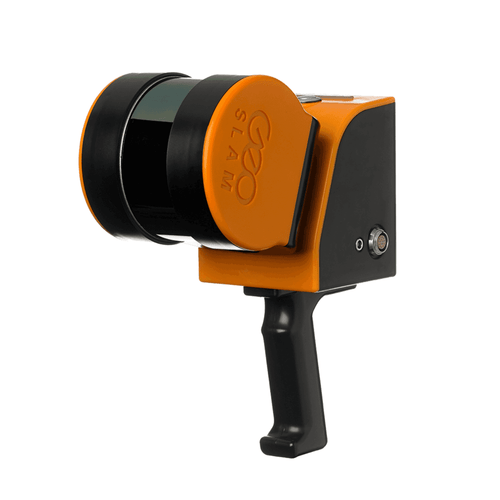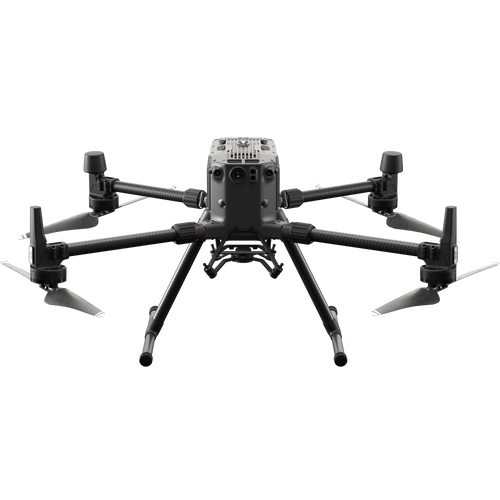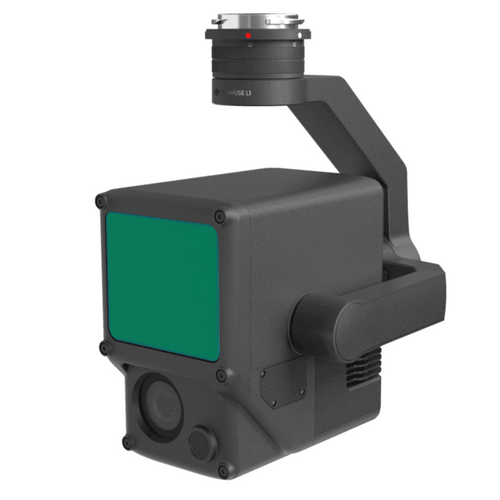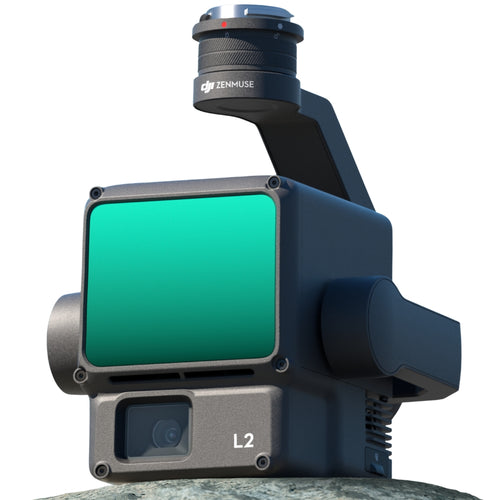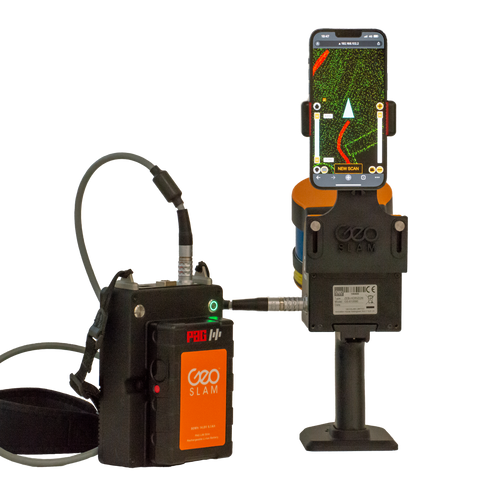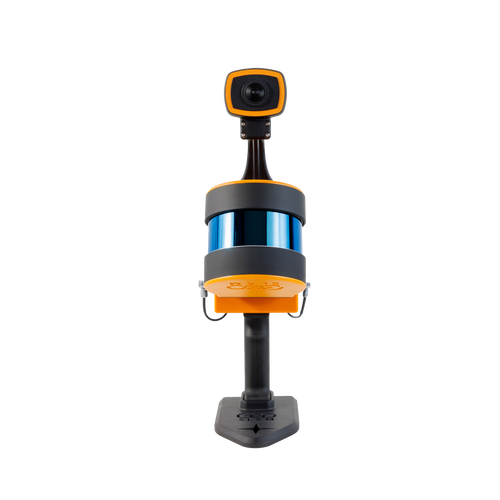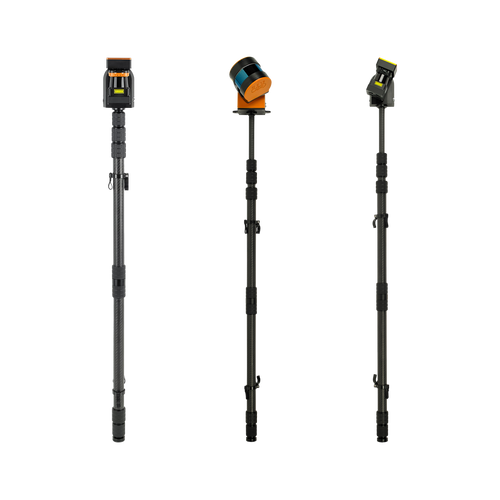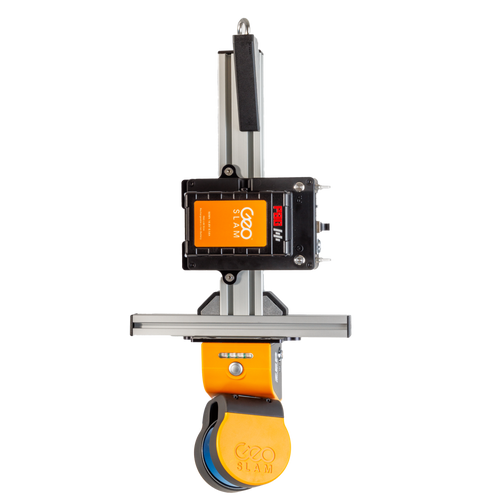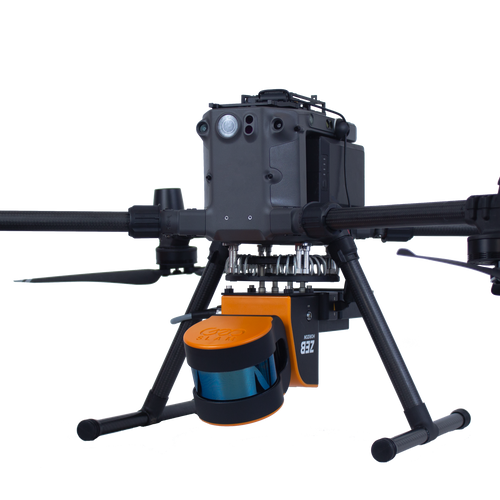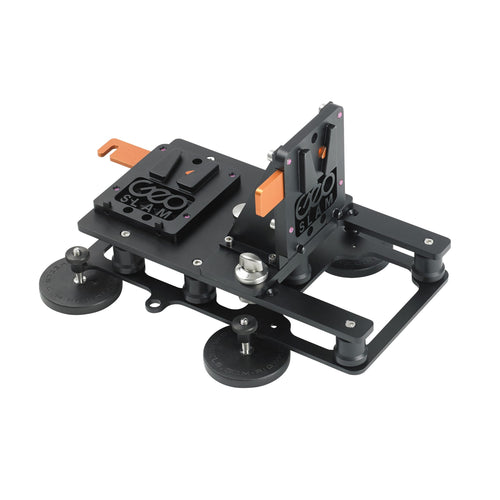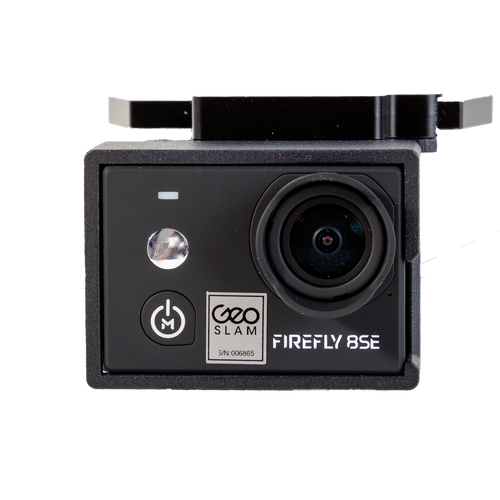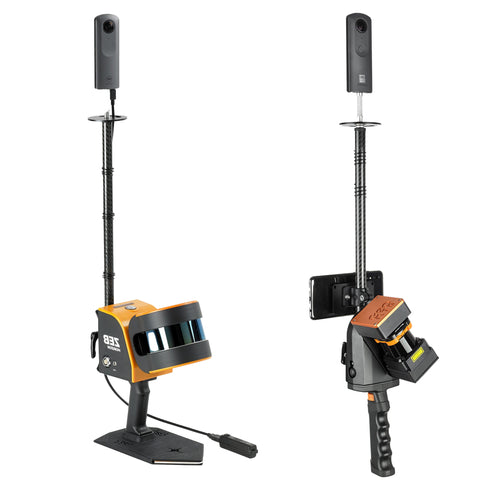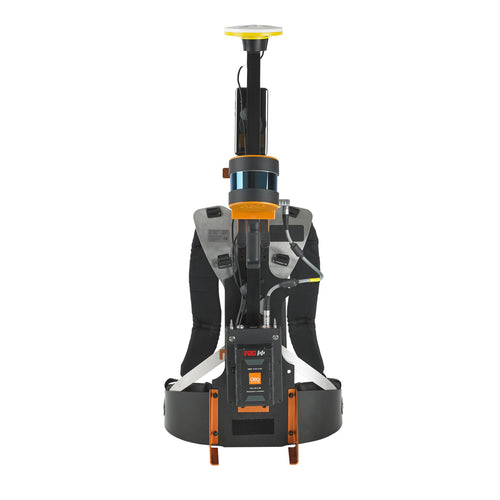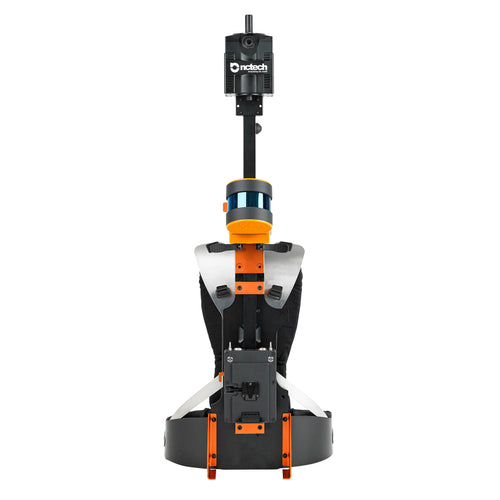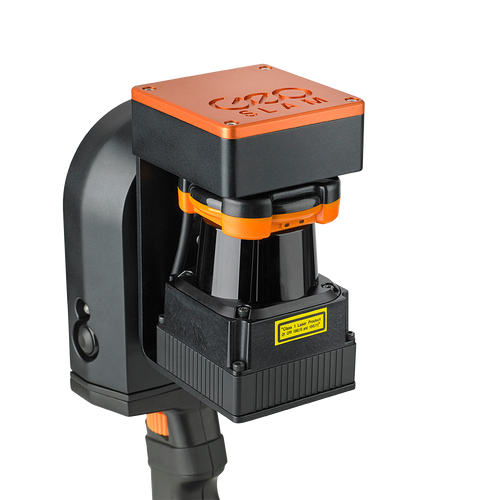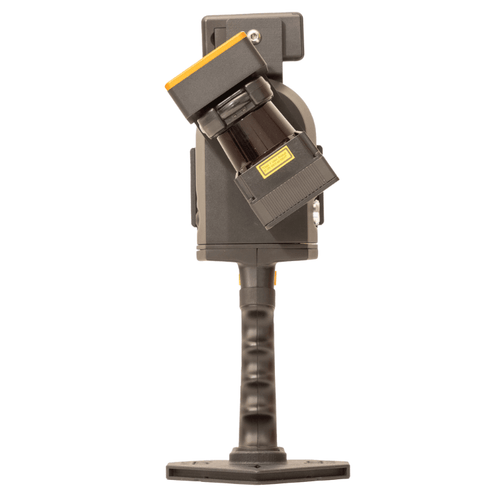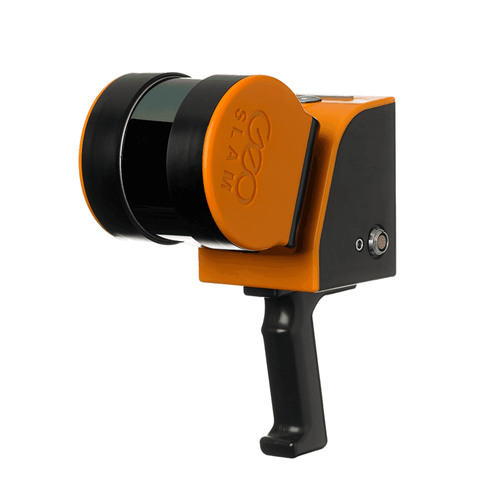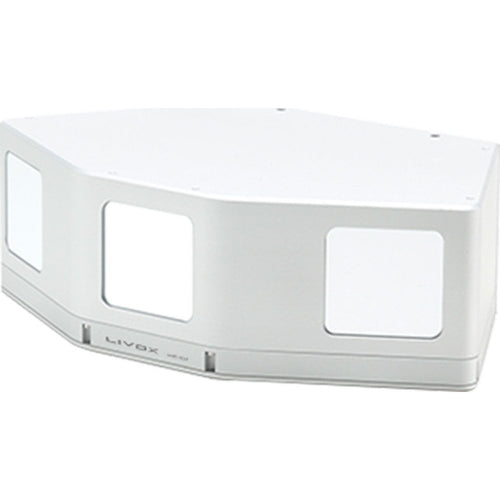what is lidar?
A guide to Light Detection and Ranging.
LiDAR is a remote sensing technology that uses rapid laser pulses to map out the shape of the earth and its surface characteristics.
These precise measurements can then be used to create 3D models and maps of objects and environments.
Pairing a LiDAR scanner with a drone makes LiDAR more accessible, and allows surveyors and other iprofessionals to collect precise data, quickly, efficiently, and safely.
As a result, LiDAR sensors are being deployed across a range of industries, such as construction, infrastrucutre, mining, public safety, urban planning, archaeology, forestry, and agriculture.
How Does LiDAR Work?
LiDAR is similar to radar and sonar, but it uses light waves from a laser fired from a sensor or scanner, instead of radio or sound waves.
A LiDAR system calculates how long it takes for the light to hit an object or surface and then reflect back to the scanner.
The distance is then calculated using the velocity of light (299,792,458 metres per second). These are known as Time of Flight measurements.
This gives an accurate positioning point of where the laser hit. Depending on the sensor used, LiDAR units can blast hundreds of thousands of pulses per second, helping to build up a detailed visualisation of what the sensor is focusing on.
Each of these measurements, or returns, can then be processed into a 3D visualisation known as a point cloud.
what can lidar be used for?
Range of industries benefiting from LiDAR.
Create A Digital Twin For Actionable Insights
LiDAR is a particularly popular tool for capturing the built environment, (such as buildings, road networks and railways).
It can also create digital terrain (DTM) and elevation models (DEMs) of specific landscapes.
- Digital Elevation Models (DEM): B are earth (topographic) models of the Earth’s surface. DEM allows you to generate slop (rise and fall in degrees or percent), aspect (slope direction), and hillshade (grayscale 3D representation of the surface, with the sun's relative position taken into account for shading the image).
- Digital Terrain Models (DTM): A 3D representation of a terrain surface. DTMs include contours, as well as features such as rivers, ridge lines, etc.
- Digital Surface Models (DSM): Incorporates elevations from natural and built surfaces, such as buildings, tree canopy, and powerlines. Essentially, a DSM represents the earth's surface and all objects on it.
A Guide To LiDAR Sensors
Capture precise data with LiDAR.
Traditionally, LiDAR technology was large and expensive. For all of its benefits, the steep price tag and bulky modules made entry into the LiDAR market difficult. But this is changing.
More compact and affordable solutions are now available, empowering more professionals to take advantage of the technology.
And when paired with a drone, a LiDAR sensor can help surveyors and other users capture data extremely efficiently and safely.
Below are some of the options available.
best lidar drones
Harness the DJI drone ecosystem.
What Options Are Available For A LiDAR Drone Survey?
DJI is the world's leading drone manufacturer, and there are a number of UAS in its ecosystem which can be deployed for drone LiDAR missions.
The most suitable DJI drones for LiDAR are the M300 RTK, M210 Series V2 (including the M210 RTK), and the M600 Pro.
These industrial-grade drones can utilise Payload SDK to carry third-party LiDAR scanners.
LiDAR v Photogrammetry
Pick The Solution For Your Needs
In drone survey missions, the choice between photogrammetry (right image) and LiDAR (bottom image) depends heavily on your mission and your budget.
Drone photogrammetry is when a drone captures a large number of high-resolution images over a specific area. You can use these images to reconstruct the terrain in 3D using image overlap and sufficient ground control.
Photogrammetry is best for mapping, surveys, mining, broad-coverage combined with high horizontal and vertical accuracy.
In contrast, LiDAR (which stands for light detection and ranging) is a remote sensing technology that uses rapid laser pulses to map out the surface of the earth.
LiDAR is useful when used to create high-resolution digital surfaces, terrain and elevation models used for various business applications.
Both photogrammetry and LIDAR can provide remarkable levels of 3D model accuracy, especially compared with terrestrial sampling methods.
A big advantage of photogrammetry is that this technique not only generates accurate 3D models, but also full-colour, high-resolution information for every point on that model, giving clear visual context.
This makes interpretation and analysis of the results much easier compared to a pure LiDAR point cloud.
However, when it comes to surveying land with dense vegetation, where the light pulses can still penetrate between branches and leaves, LiDAR gets highly-detailed information.
This is a big advantage over photogrammetry, as photogrammetry can only produce accurate surveys when there is sparse vegetation on site. While LiDAR does have similar limitations, under good conditions it can penetrate areas with up to 90% vegetation. (Photogrammetry sits closer to the 60% mark).
LiDAR is also a better option for mapping narrow structures, such as power lines and railway tracks, and it can capture data in poor lighting conditions.
LiDAR gives you a point cloud, but because photogrammetry is stitching photos together to create your model, you get the visual details of every feature on your site. It means that photogrammetry is better suited for surveys which require visual data.
One of the biggest differences between photogrammetry and LiDAR is the price.
Thanks to innovation, LiDAR has become a much more accessible solution than it used to be. That said, it still comes at a price, and can be a more costly solution than photogrammetry.
In truth, both LiDAR and photogrammetry and powerful tools for aerial surveying and mapping. Both have their strengths and weaknesses. More often than not, it depends on which is best suited for the specific job in-hand.
